
Ori and the Will of the Wisps Review
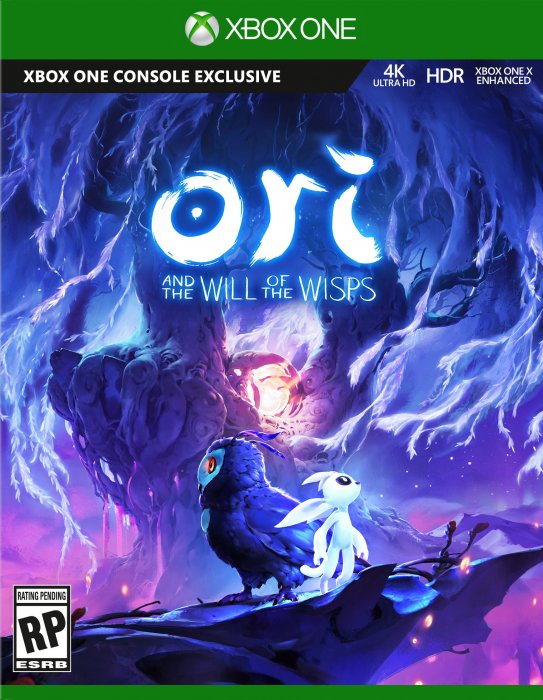
Pros
- Unforgettable soundtrack
- Emotional story
- Plenty of customization
- Incredible level design
- Fun and rewarding combat
Cons
- A Quest Log would be useful
11th March 2015, Moon Studios released their take on the metroidvania genre in the vein of Ori and the Blind Forest. The game was well received and was an instant hit with its exceptional music, level design and the themes it invoked. Ori was a likable protagonist and it had a unique charm that hadn’t been felt for a long time. It was then released on the Nintendo Switch on 27th September 2019 and was once again an instant hit with the Nintendo fan base, more proof that Moon Studios was on to a winning formula here. I myself was a huge fan of the game and have keenly followed the development of Will of the Wisps since its first announcement.
The story once again focuses on Ori, a small spirit that has befriended the fellow denizens that he met during his last adventure in Blind Forest. Right from the outset you can notice a remarkable step up in both presentation and storytelling with more cinematic cutscenes, closer cuts of the action and a more impactful story being told. I was honestly curious where they could take Ori following the Blind Forest but I feel the story follows it up perfectly while still being accessible to those that never experienced the first (what are you waiting for, go play it!). The dialogue used and the plentiful scenes did the story justice and really allowed it to breathe without impacting too much on the moment to moment gameplay and when all was said and done, the ending impacted me greatly, it’s for sure a story that will stay with me for a long time and I was honestly upset that my time with the game was over. I can see myself revisiting the game plenty of times over the years to experience it over and over again.
The locations you visit all look both beautiful and unique.
As with most metroidvania games, exploration is king and the level design here manages to take the formula created in Blind Forest and ramp it up by 10. Everything flows perfectly and makes complete sense given the context of the game. Of the few complaints I had of Blind Forest, I felt the excellent Spirit Shrines felt a little out of place at times in the world however everything here all feels interconnected in a perfect way with themes all complementing each other. What’s more, the visuals are jaw-droppingly beautiful and brought to life through incredible particle effects, exceptional lighting and areas that are incredibly hand crafted. It’s a game you could play without a map and remember you way through it as you recall certain landmarks or features and it looks even more incredible once you reach the end and take a look at the full map just to see how it all connects. It’s a large world too, a lot larger than Blind Forest’s without adding unnecessary padding and I always felt I had a reason to explore each and every area.
It’s a joy to interact with the environment too, Ori has never controlled better and Will of the Wisps honestly features some of the best movement in the genre. Ori is quick, precise and there’s a plethora of exploration abilities to make travel even better. It was an excellent decision to have the Dash ability unlock a lot earlier than the original as it allows you to zip back to areas you previously visited with your new abilities. Likewise, the ability to warp to any of your unlocked Warp Points from anywhere also makes the world a lot easier to get around and it makes that end game collectathon a lot more enjoyable when you can get around the world at ease. There were some more interesting movement abilities in the game that opened up some excellent puzzles and Moon Studios have expanded upon some of the great puzzles from the first game. The order you unlock the abilities come at the perfect time and stop you from using one too much before the next is available. There’s an element of choice with abilities too, early on you’ll get the ability to purchase some abilities off a merchant and the ones you take first (at a discount) really do shape some of the areas you can access, it’ll be interesting to see speed runs on this game down the line to see the difference of choice here. I’ll admit, I was a little concerned when I initially learnt that the ability to create your own checkpoints were being removed but after playing the full game, I feel it’s more than justified and the game flows better without it. In Blind Forest, I was vigilant about not wasting Spirit Energy for the tougher platforming sections but there’s so many interesting abilities to use your Spirit Energy on here that it’d be a waste to hold back on it just for checkpoints.
You’ll meet plenty of colorful characters that helps the world to feel much more lived in.
The world itself feels a lot more lived in too, one of my other smaller gripes about the excellent Blind Forest was that it could feel a bit lonely at times but here in Will of the Wisps, the world is packed full of life, be it the colorful enemies or all of the friendly creatures in the world. The Moki are an adorable cat like species that are always around to speak to Ori and you’ll find some of the other characters themselves on their own journey, Opher, for example, will allow you to purchase new abilities from him at the expense of Spirit Light, a much better use for it than Blind Forest’s ability points, while you’ll find a friendly miner who will trade Gorlek Ore to make changes to Wellspring Glades, an area you’ll be visiting many times throughout the course of your journey. You won’t reach it until a little after the first boss but once you do, you’ll notice the friendly allure to it as all of the denizens you meet throughout your adventure converge on the location. As you dish out the ore, you’ll expand the features of Wellspring Glades and it’s a nice distraction from some of the darker areas later in the game. This also is where you’ll find many of the game’s Side Quests that add an extra bit of incentive to go out and explore the world. Some of the inhabitants will also provide you with rumors of hidden secrets and it’s an area you’ll want to revisit lots of times throughout the game.
The world is also full of other activities outside of just progressing the main narrative such as Combat Shrines where you’ll really get the chance to put all your abilities to good use or Spirit Trials that task you with getting from one part of the map to another in a quick amount of time, this can be expanded upon by allowing you to race against ghosts of other players or even the developers themselves, all with a leaderboard to boot. For those of you that have played Ori and the Blind Forest, you’ll be up to speed on the game’s Escape Sequences, for me the highlight of the original game. I was pleasantly surprised to see them return in this game and Moon Studios have done interesting things to change up the formula a little such as mixing them in with boss battles to allow them to feel more epic and create a much greater sense of tension, all with the incredible soundtrack to boot. Moon Studios have done an excellent job of all of your abilities feeling important and getting equal use in these sections and I’d be lying if I said I wasn’t grinning every time I started the next Escape Sequence. Hard mode states that these sequences are 25% more difficult but in all honestly, I never once felt that any of these were unfair and once I learnt what I was doing, I was able to correct my mistakes.
Combat has seen a complete overhaul and the game is much better for it, gone is the spirit that hangs overhead and lets off simple attacks and in is a robust combat system that you can customize to your own playstyle. You have three slots you can use to assign abilities to (movement ones included) and early on you’ll receive the Spirit Edge that you’ll most likely keep permanently assigned to one of them. What’s great about this is that your input direction affects your attacks, for example if you come across an enemy stuck to a wall or with a shell and if you tilt the analog stick up while attacking, you’ll slash the sword upwards knocking the enemy into the air or it’s shell off. This opens up all kinds of interesting tactics such as launching enemies on to spikes or jumping into the air and slashing away at an enemy while the force keeps Ori in the air. It’s a refreshing change from Blind Forest and it allows the game to create incredible boss fights that make full use of your abilities. It also means that skill plays a larger part here, I played the entire way through the game on Hard and I never felt the game was unfair at any point. The enemies hit hard but there were plenty of tools available to me to allow me to counter that and it forced me to think outside of the box in certain encounters. Of course, Spirit Edge is just one of the many excellent abilities in the game. You can use a Flame ability to hit all nearby enemies and put them on fire, Spirit Smash to break certain walls or just treat it like a maul that will deal heavy damage and more. These also all have variations based on your input, just like Spirit Edge so there’s a lot to play around with to try and find your perfect loadout.
The new combat system makes encounters a lot more enjoyable.
It’s also incredibly easy to switch between them, a press of the Left Trigger button instantly brings up a wheel in which you can easily assign abilities, allowing you to select the correct ability for the correct moment. There’s also useful utility abilities, Regenerate is a must, especially on Hard as it allows you to use your Spirit Energy to recover your Health. There is a tradeoff however, it’s not instant and more akin to Hollow Knight’s healing ability in that you’ll need a few seconds before it activates. This means that during the game’s tough boss encounters, you’ll really have to pick your moment to recover Ori’s health. Likewise, if you sacrifice the Energy to recover, you’ll have less attack abilities available to attack your enemy with. It all creates the perfect balance and allows every encounter to feel meaningful. As mentioned above, Ori features proper bosses with a health bar at the top of the screen to indicate just how deadly these foes are. Every boss has several phases, all playing out with epic dynamic music and all of which can be analyzed so you can fairly deal with every mechanic. Whereas in Blind Forest I thought of combat as an afterthought, here I actually looked forward to the next foe that wished to stop Ori on his quest and to learn all of its mechanics. As previously stated, on the Hard difficulty, it took me several attempts to really learn the battles but I never felt I was wailing away at a sponge and using specific configurations of abilities, I was able to deal as much pain as I was receiving.
There’s more customization outside of just picking your abilities too with the new Spirit Shard system that allows you to add passive abilities or new techniques such as allowing Ori to stick to the wall, Magnet to suck in any dropped orbs down to passives that increase your damage output at the expense of the damage you take. Initially, you’ll only have three slots to make use of these and there are well over 30 of them to seek out (and further upgrade with the merchants) however you can increase your slots to eventually allow you to equip eight at a time. This is where your unique playstyle will really come into play as some configurations can be game changers. One such example for myself, on Hard, was one of the bosses I was struggling with, I was not dealing enough damage and I initially thought it was down to the boss having way too much Health than was necessary. After configuring my Spirit Shard loadout (of which you can do at any time), I was able to alter one of my abilities to pump out significantly more damage and give myself an edge in the battle. Its little moments like this that really made me appreciate the system and I was always on the lookout for more just to discover what other configurations I could come up with. Again, it will be interesting to see what loadouts other players will come up with as there really is a staggering amount of customization available to the player here.
The boss battles are the highlight of the combat system, making you put to use everything you learned.
Of course, where would an Ori review be without mention the unbelievable musical score once again? After listening to the soundtrack of Blind Forest again recently, I’ve been anxiously anticipating Will of the Wisps’ and I’m delighted to inform that it doesn’t disappoint in that area at all, in fact, it’s never been better. The music is equal parts emotional as it is to powerful and is often dynamic in its nature. Being involved in a multi-phase boss battle as the music ramps up as the boss gets further wounded is incredible and keeps the blood pumping and allows you to really feel the moment. Likewise, some of the more somber melodies are perfect and really bring across the points they’re trying to impart. Indeed, the music itself tells a story often better than the dialogue itself and I find myself sitting here writing this review with so many of the tracks still playing in my head. I honestly couldn’t describe my favorite out of the entire soundtrack, in which there is a significant amount of tracks more than the original game.
There is a large disclaimer here however, the Xbox One X codes that were sent to reviewers were of an older build and did feature some worrying technical issues. We’ve been kept in constant contact with Microsoft with regards to the fact that this is an older build and that the day one patch does fix all of these issues. It would be disappointing if the game did still have these at the time of the launch on Xbox One as the game is remarkable in every way and it would be a shame if this let it down. As I sit here, I’m attempting to think of faults of the game and it’s to the game, and Moon Studios credit that I can’t think of a single one, perhaps the Side Quests could have had more interesting rewards than simple currency but even then, the Side Quest itself is reward enough. Alternatively, a Quest Log would have been appreciated to make it easier to keep track of all the Side Quests you’ll end up picking up. I played through the game on Hard, a choice against the suggested comments when picking the difficulty and I thought it felt like the perfect challenge. I never felt the game was unfair and I thought that I always had the tools available to tackle any challenge. My playtime clocked in at around 15 hours (according to the in game’s “Time Alive” statistic) as I achieved full map completion and I never once thought the game dragged at all, if anything it was the perfect length. Even then, there’s plenty of modes like Quick Access that allows you to replay some of the game’s greater moments whenever you wish.
Enchanting Adventure!
Ori and the Will of the Wisps is a masterpiece in every single way. A thought provoking storyline, unbelievable music and plenty of customization. This is Ori bigger and better in every single way and a strong contender for game of the generation.
Gameplay:
Sound:
Graphics:
Story:
Value Rating:

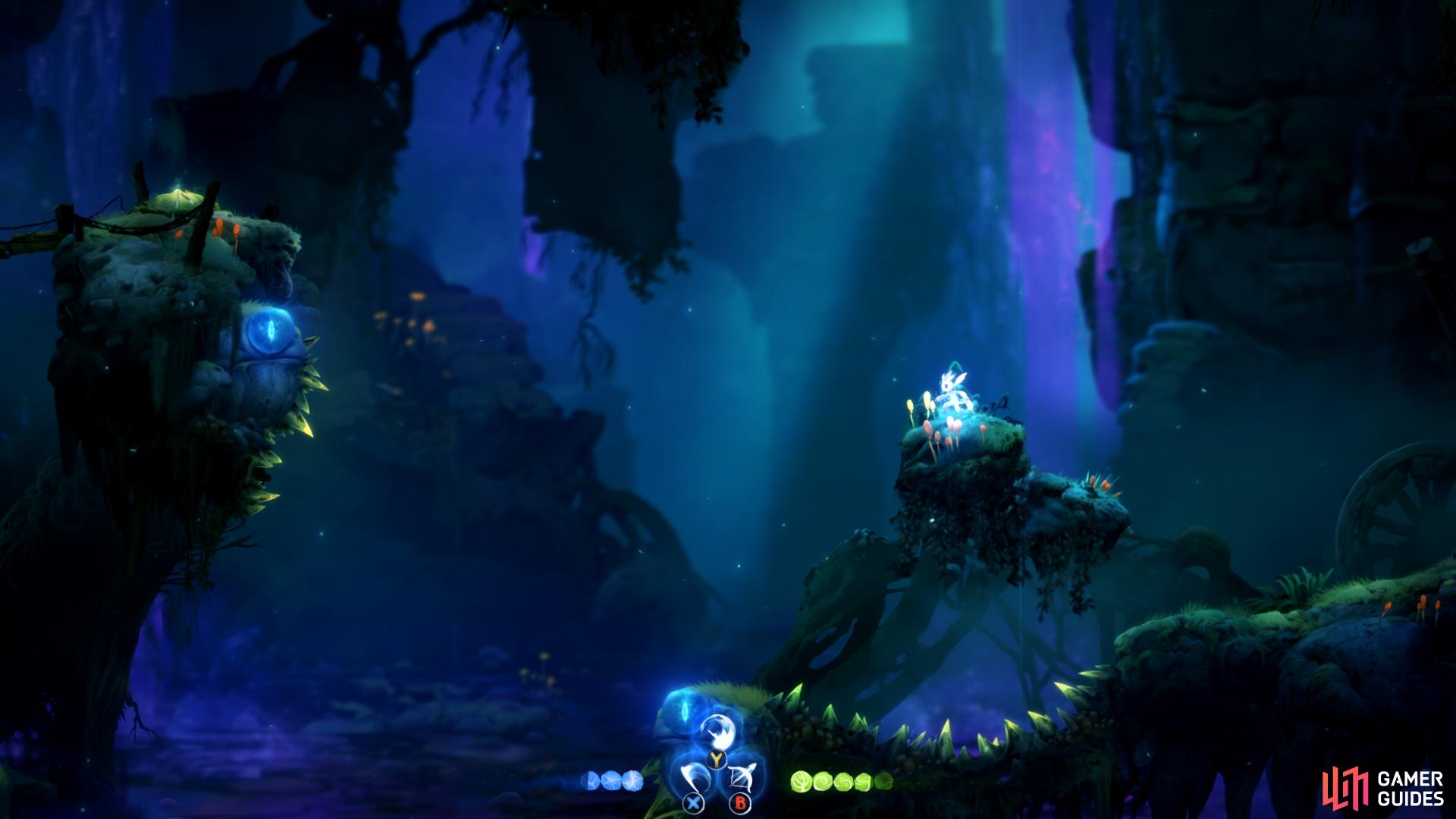
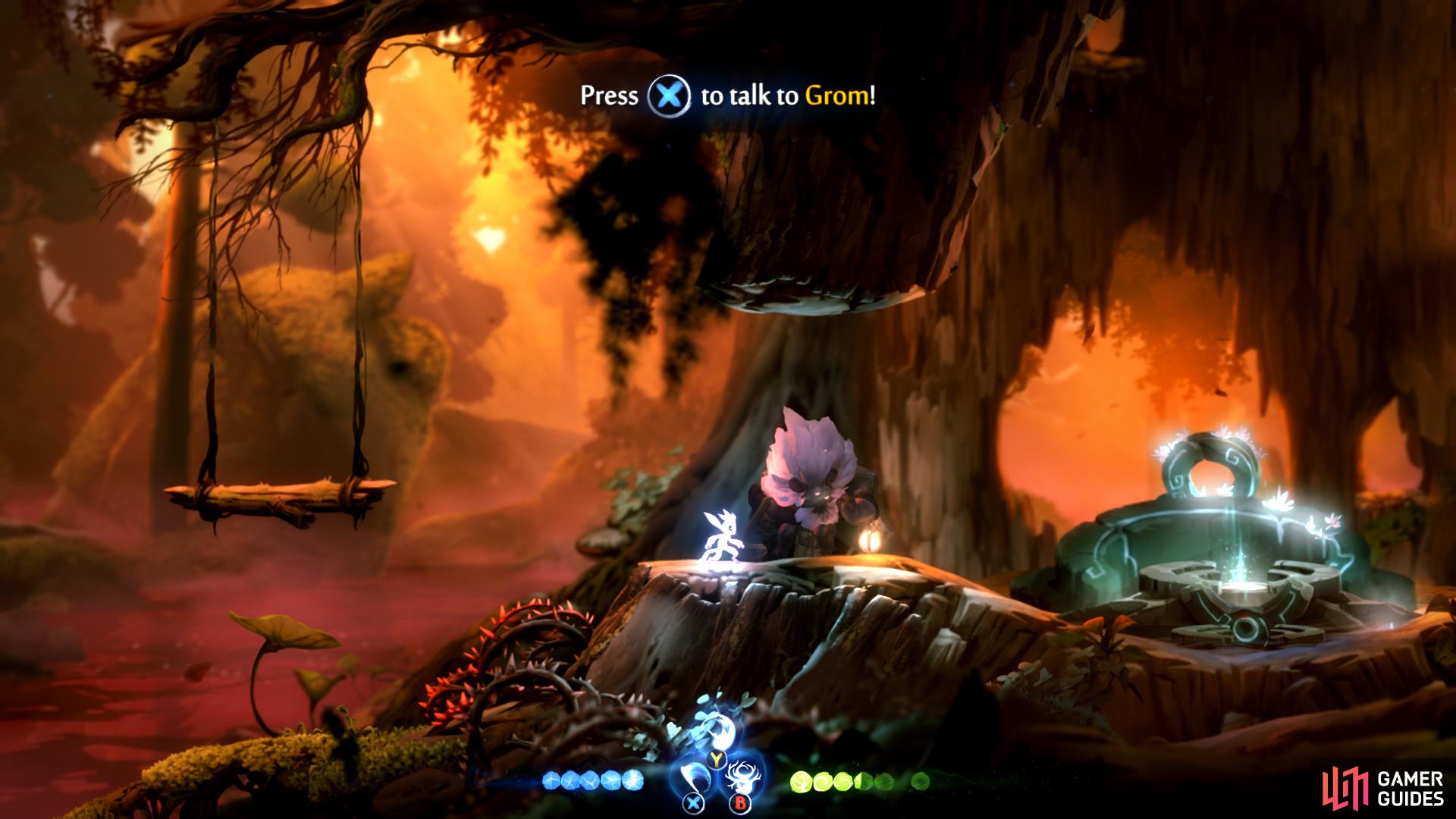
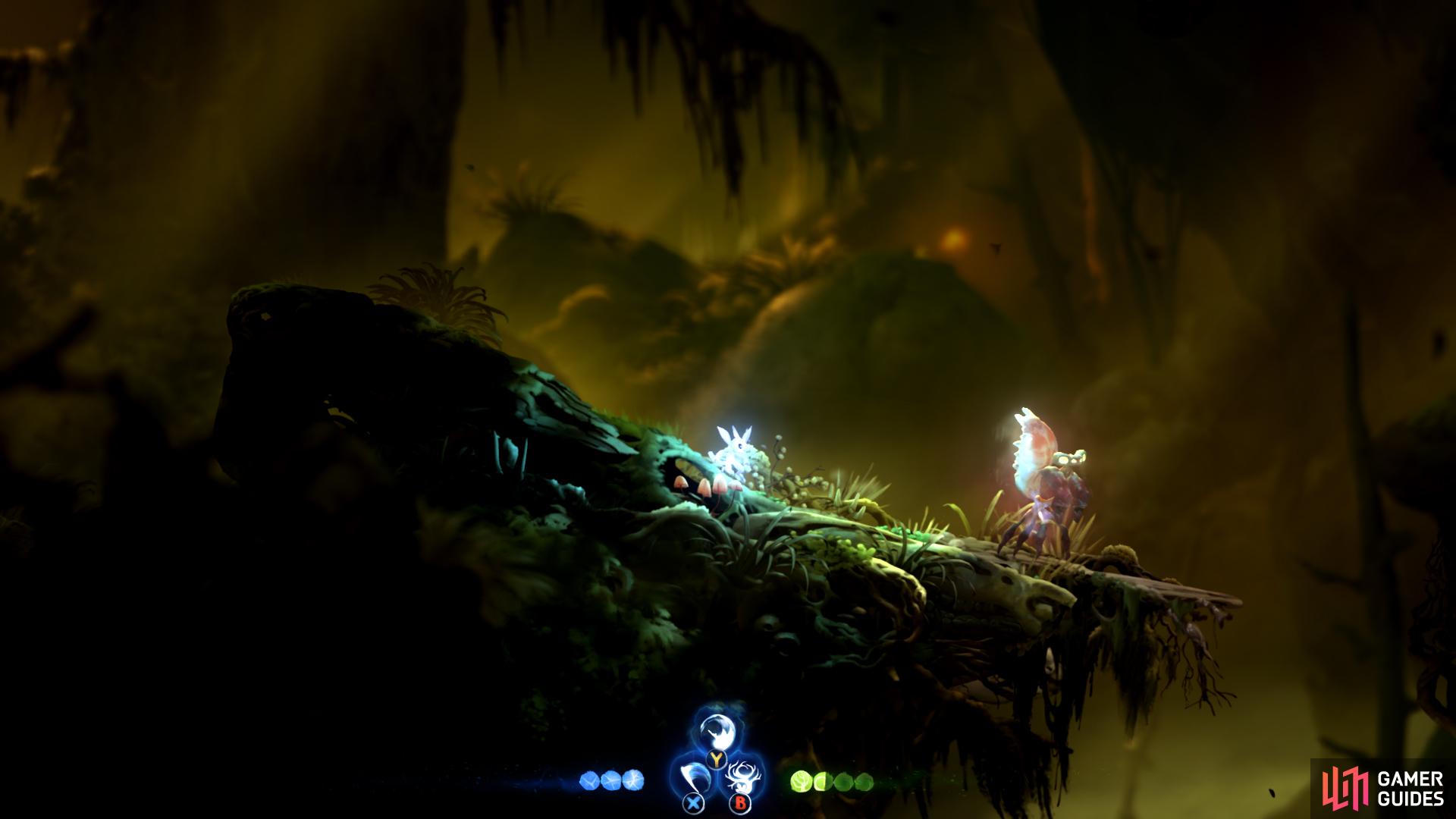
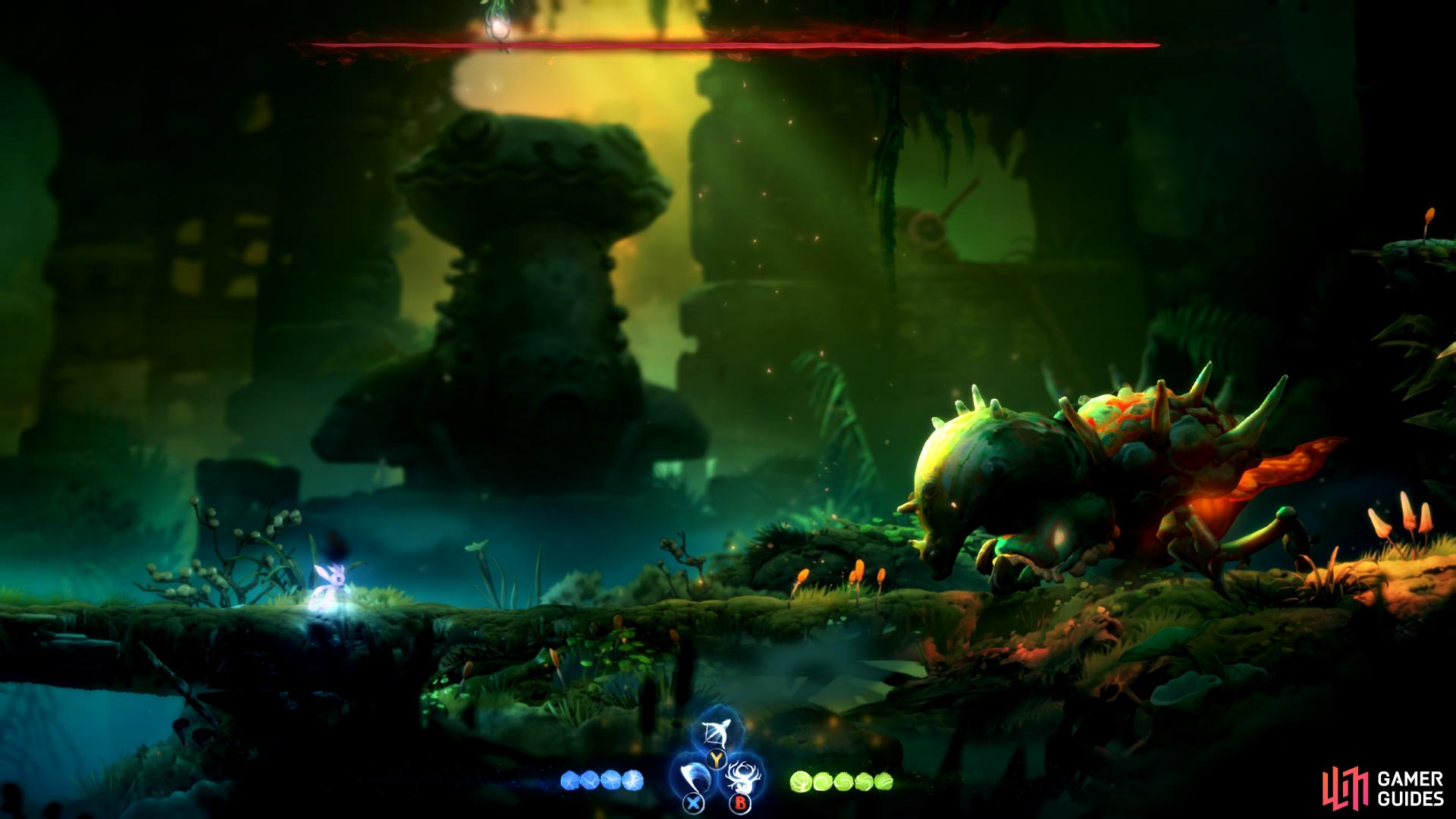
No Comments